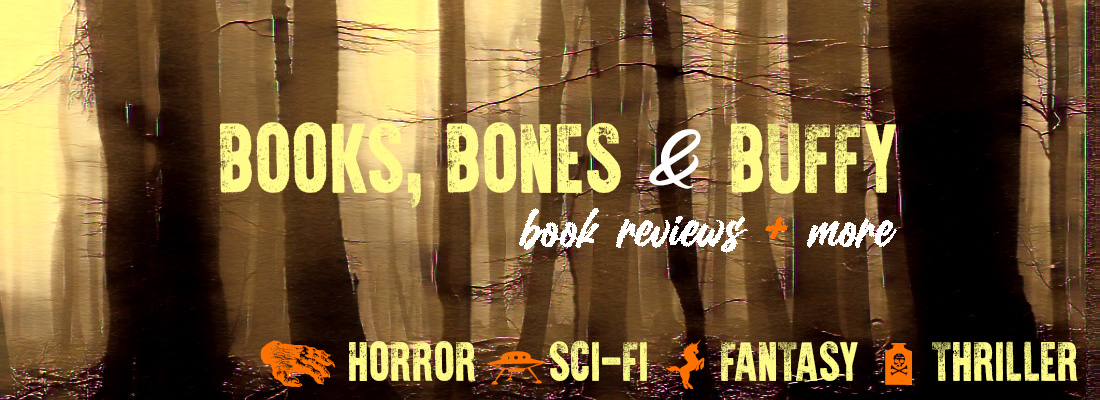The wonderfully inventive Brian Selznick broke new ground in 2007 with The Invention of Hugo Cabret, a “children’s” book that combined text and illustrations in a way that had never really been done before. In fact, half the book is text and the other half full-spread illustrations, and the illustrated passages tell just as much of the story as the text. His latest is Wonderstruck, which is done in much the same style as Hugo Cabret, but has a completely different twist to it. Set in two time periods and locations, the story alternates between Ben, a boy who lives in 1977 Minnesota, and Rose, a girl in 1927 New York. Ben’s story is told with words, and Rose’s with pictures. Ben’s mother has recently died, and he is living with his aunt and uncle just down the road from his old house. Ben was born deaf in one ear and uses this to his advantage as he is now forced to share a room with his noisy cousin Robby. One night he escapes to the house where he and his mother lived to comfort himself, and is trapped there when a thunderstorm hits. In his mother’s bedroom he finds an old book called Wonderstruck, a history of museums. In it is a bookmark with a message to his mother from someone named “Danny,” and a phone number. Thinking this might be a clue to his long-lost father’s identity, Ben decides to call the number, but as fate would have it, lighting strikes the house just as Ben puts the phone to his ear, and he is knocked unconscious. He awakens deaf in both ears. Thus begins Ben’s journey to New York City to figure out the puzzle of who Danny is.
Meanwhile, Rose’s story unfolds in illustrations, an appropriately silent narrative since Rose is deaf. Rose lives across the river from New York City in Hoboken, New Jersey, and spends her days gazing out her window at the skyscrapers of New York and making models of the buildings out of cut-up newspapers. Her mother is a famous silent screen actor and spends most of her time working in the city. Lonely and missing her mother, Rose runs away from home one day to visit her mother at work. She winds up in the American Museum of Natural History where her older brother Walter works.
It is at this point that the two stories start to merge, and the reader learns not only the mystery of Ben’s father, but the very important relationship between Ben and Rose. Selznick has done an amazing amount of research to create this book. It is filled with details about museums, in particular the Cabinet of Wonders, the earliest examples of museums, where objects were gathered together and put on display in a cabinet. Since both of the main characters are deaf, he researched the Deaf culture extensively before writing the book. The New York World’s Fair of 1964 also plays an important and fascinating role in the book, as we find out when the two stories converge in the present and Ben experiences the wonder of the scale model Panorama of New York City that was created especially for the Fair. Make sure to read Selznick’s Acknowledgements at the end, where he describes every detail about how the book was created.
Wonderstruck is a wonder of a book. Its pieces all fit together like a puzzle, and the experience of reading both words and illustrations intertwined will have you flipping through the pages as fast as you can to get to the end. But savor the experience. And when you’ve arrived at the last page, go back and read it again. You may discover something new.


Leave a Reply